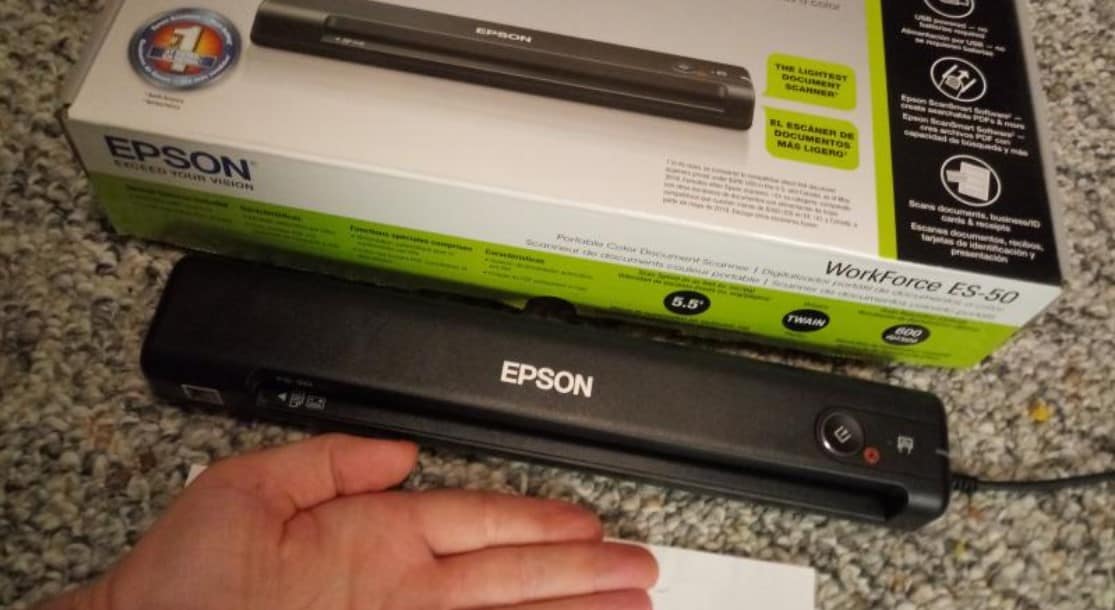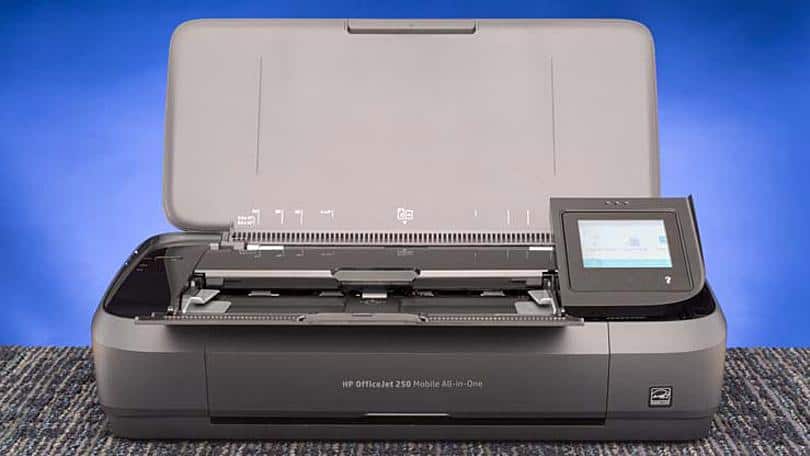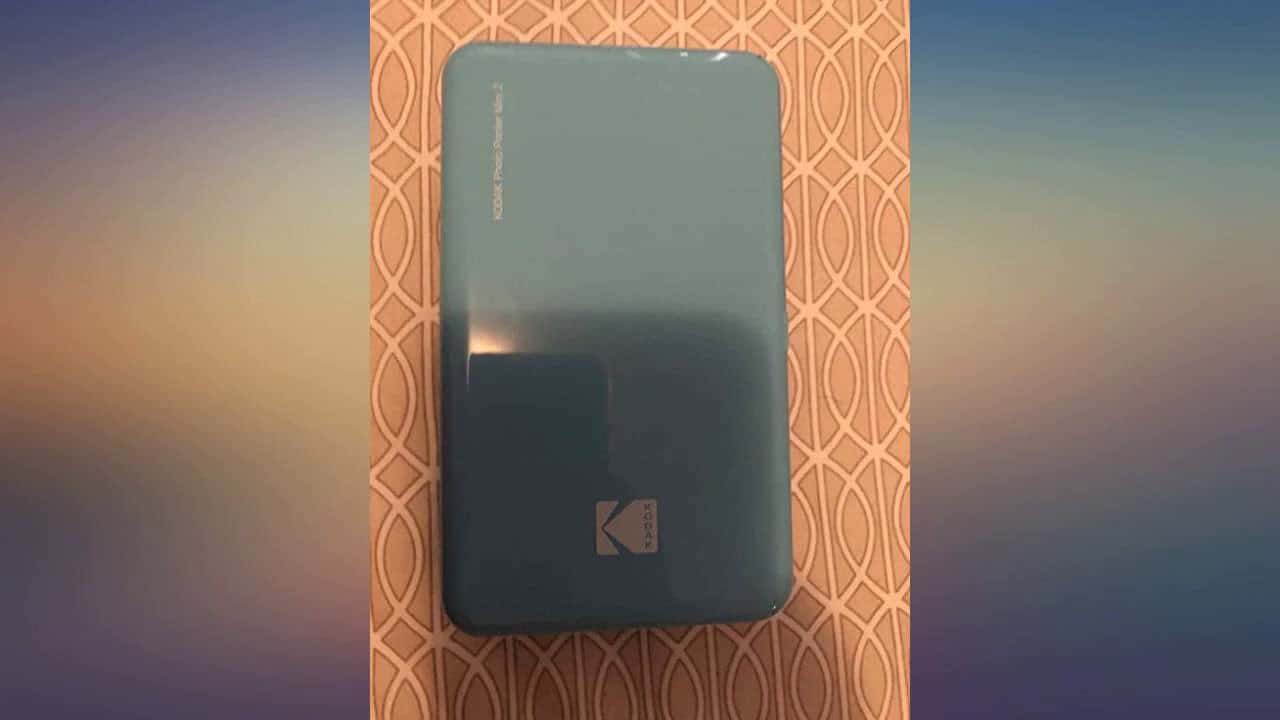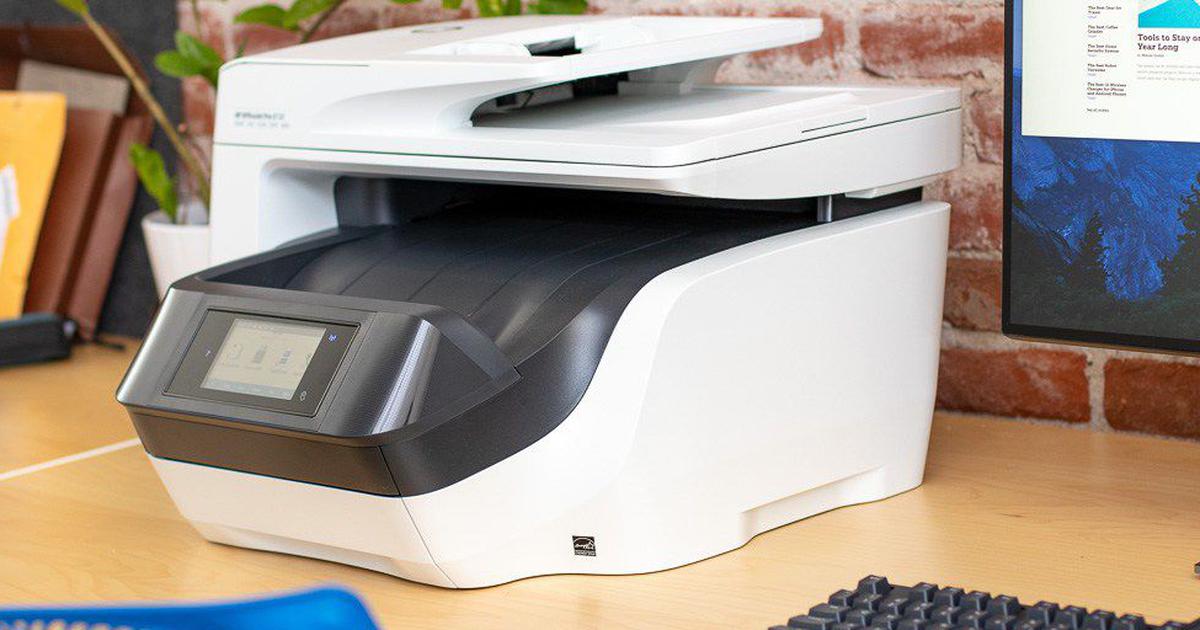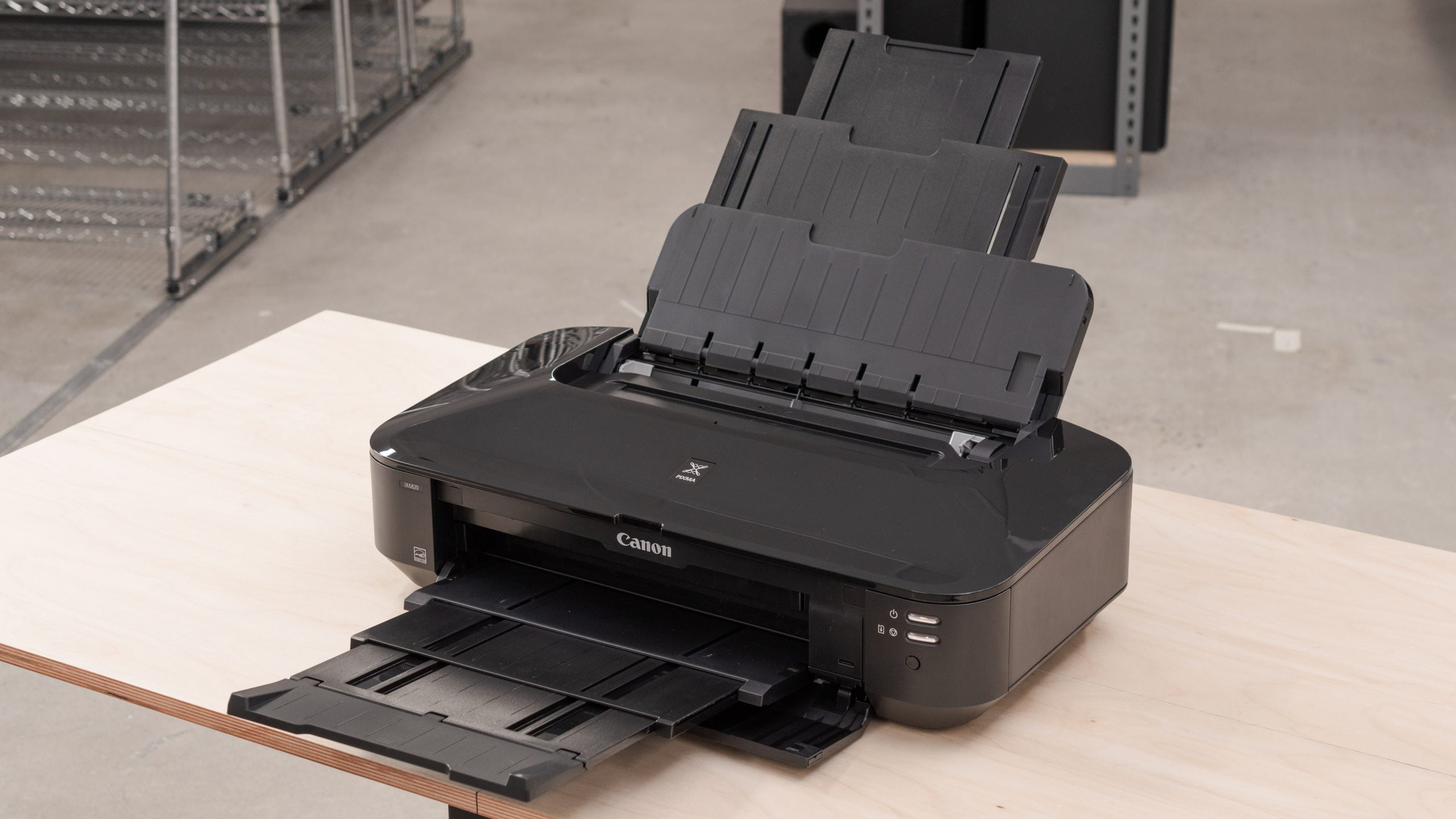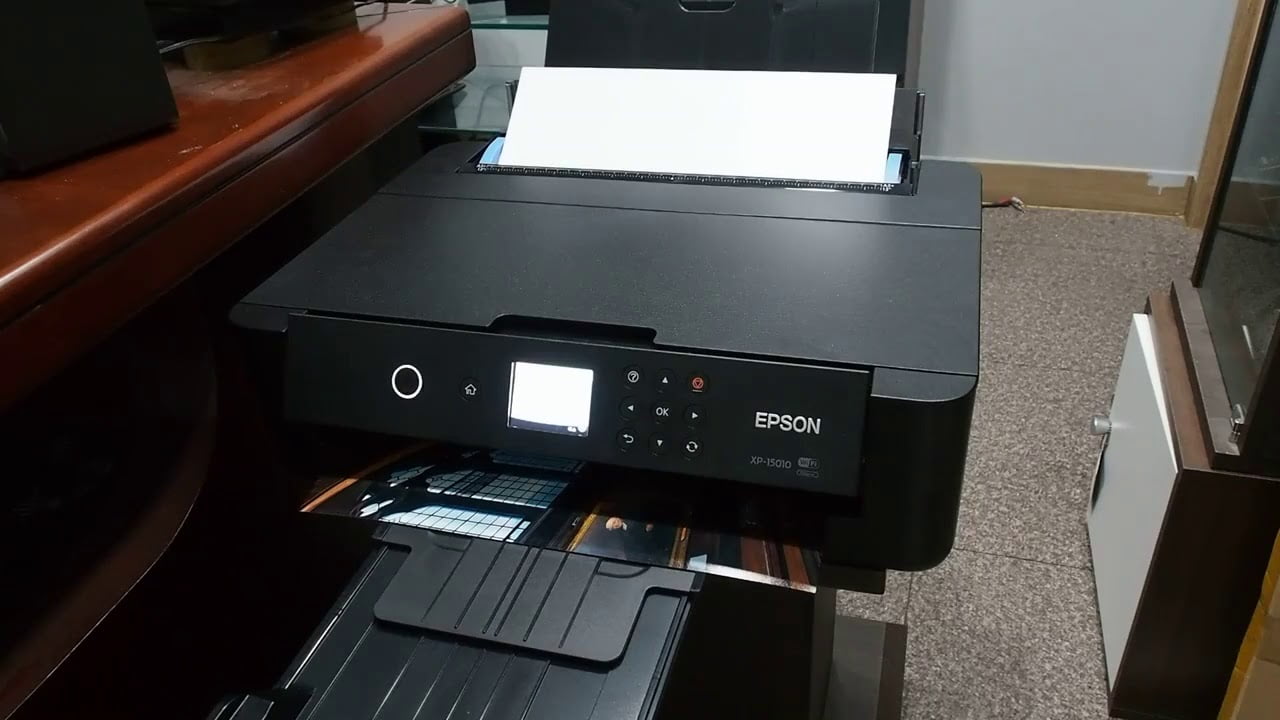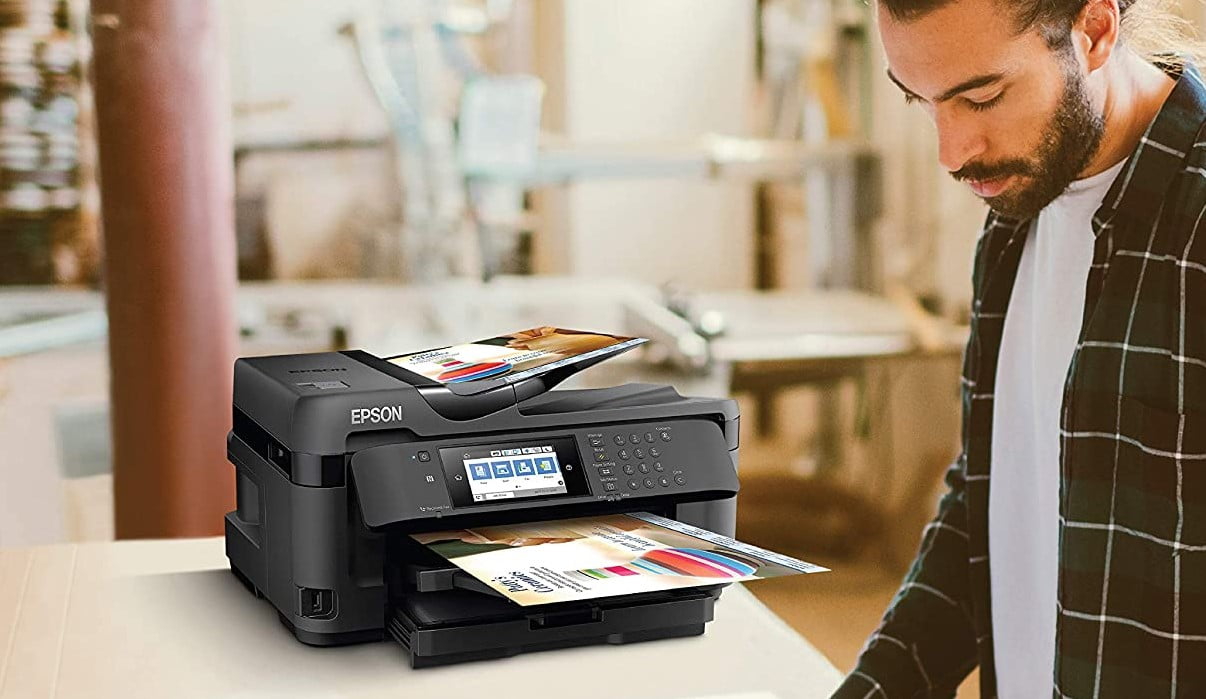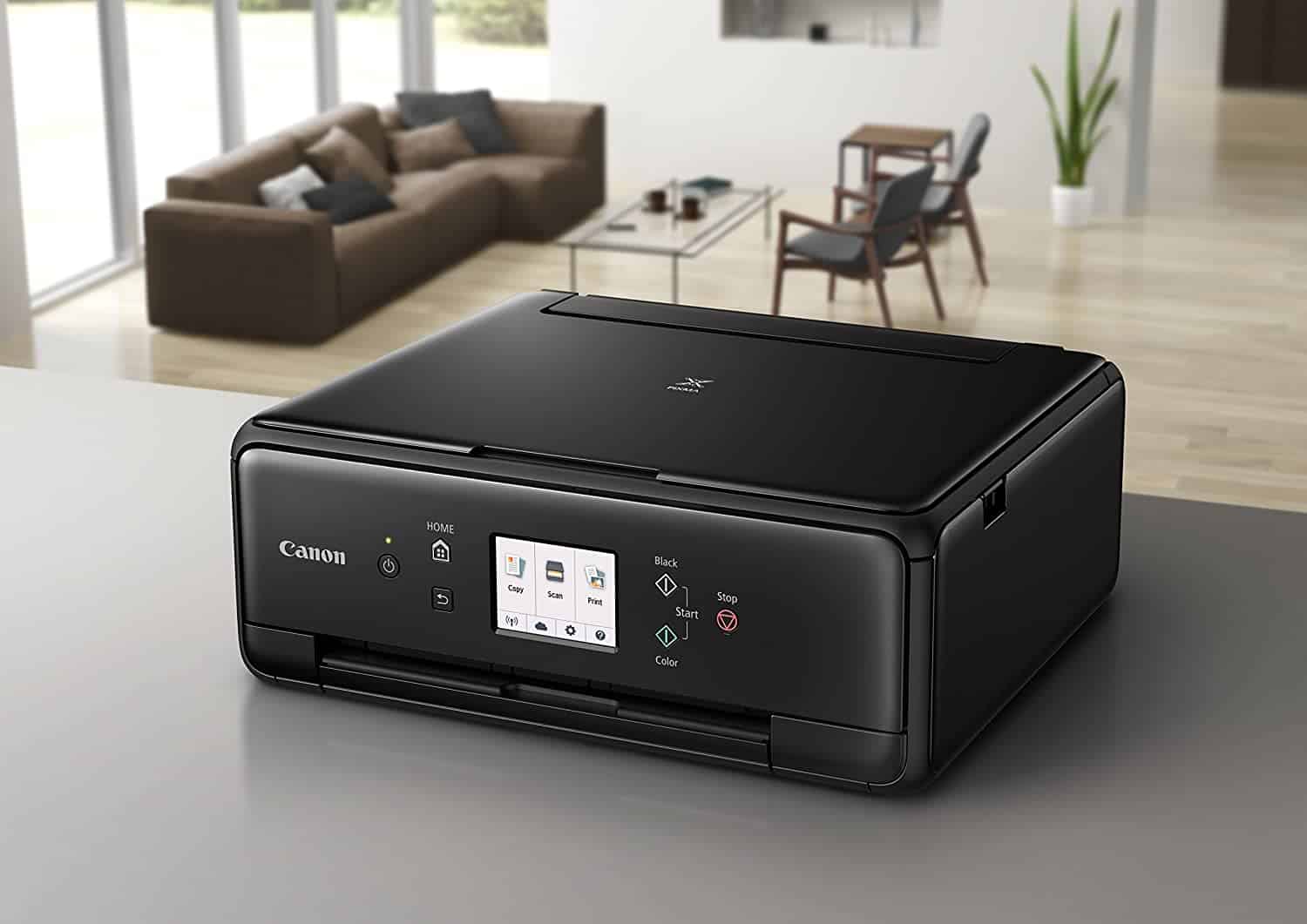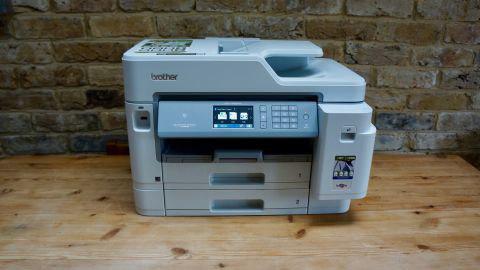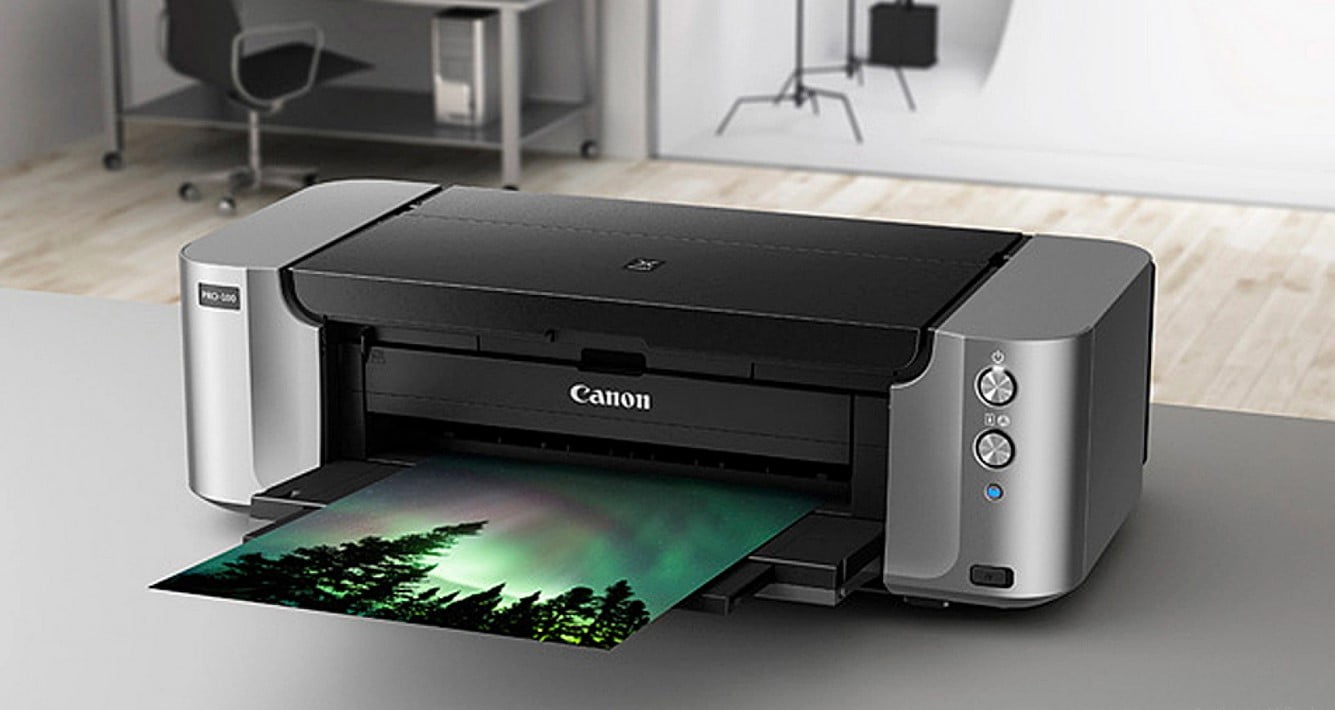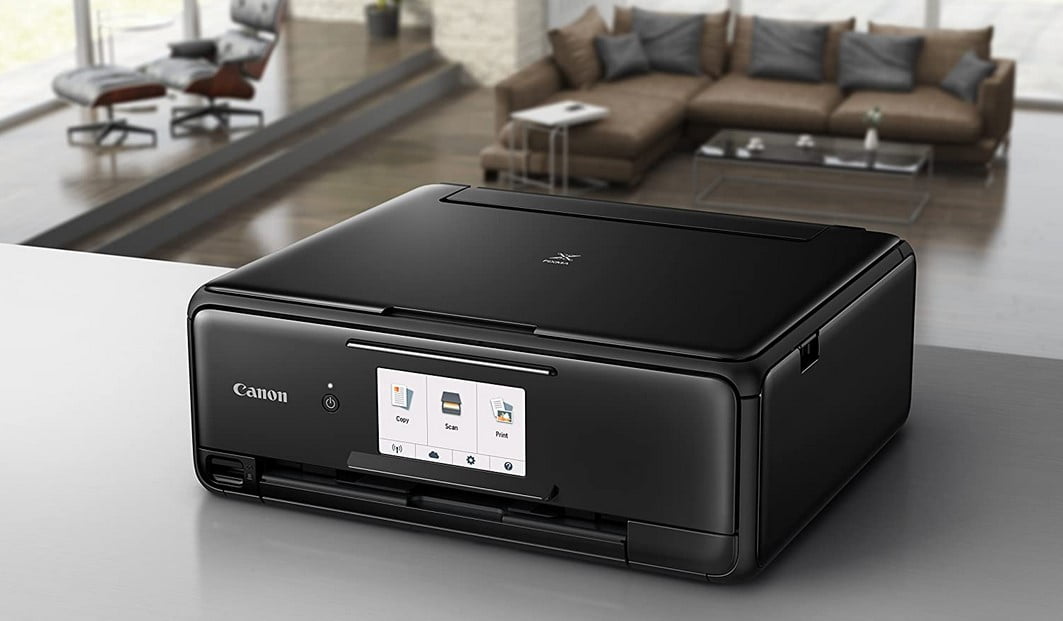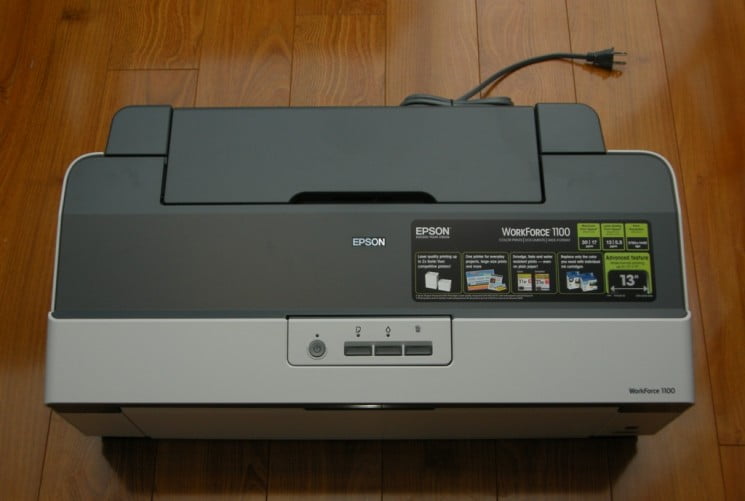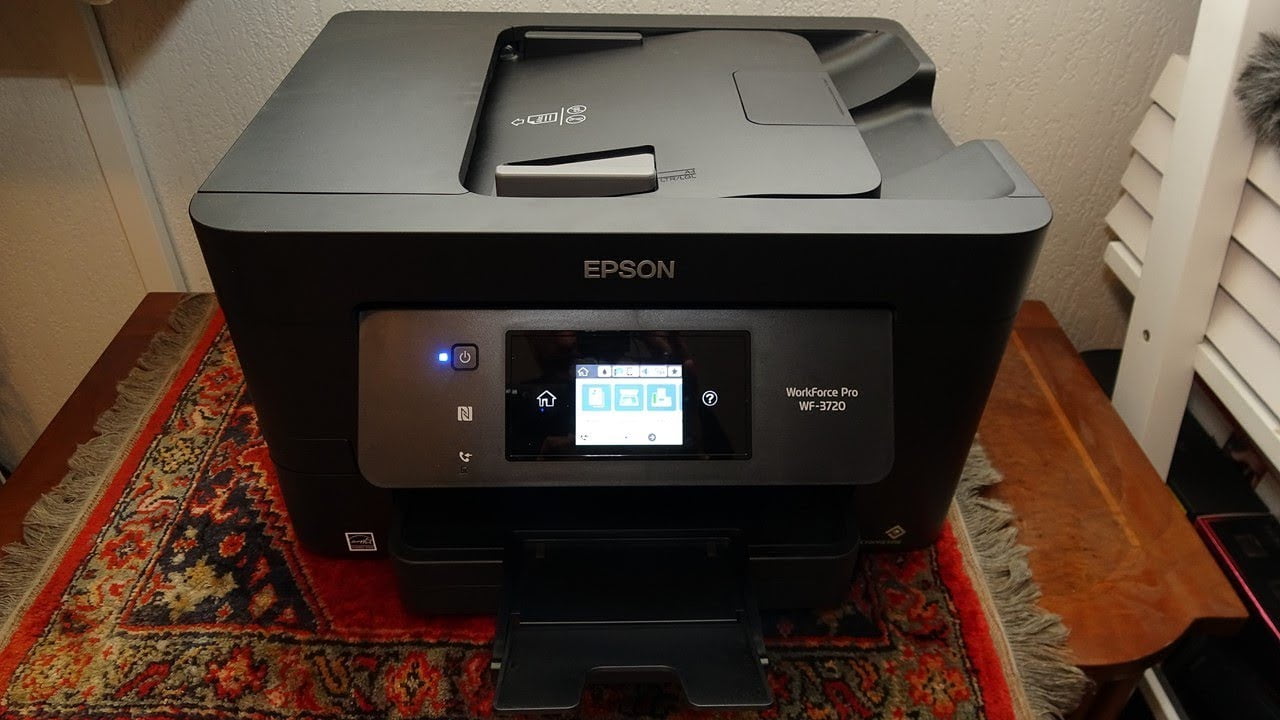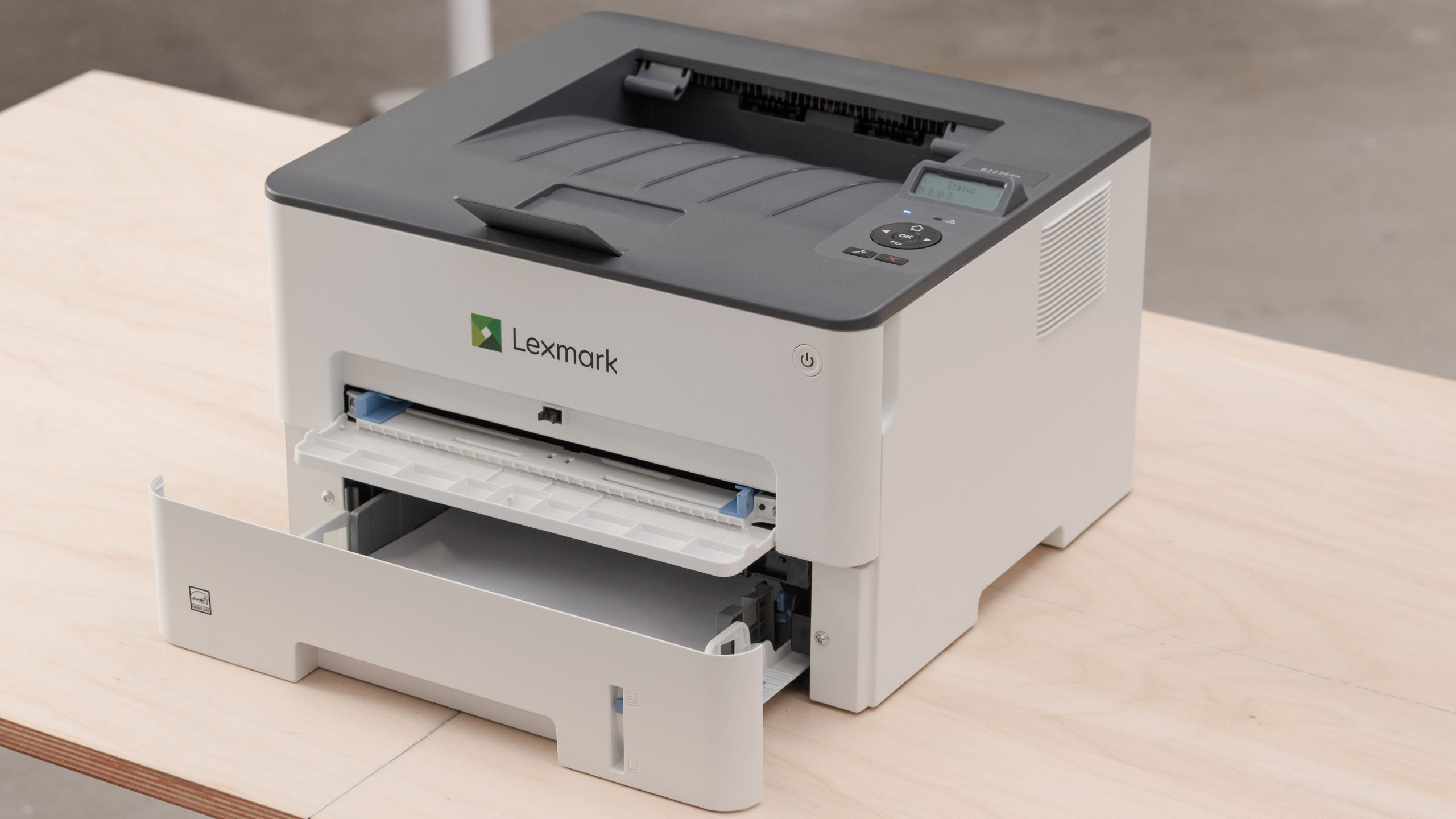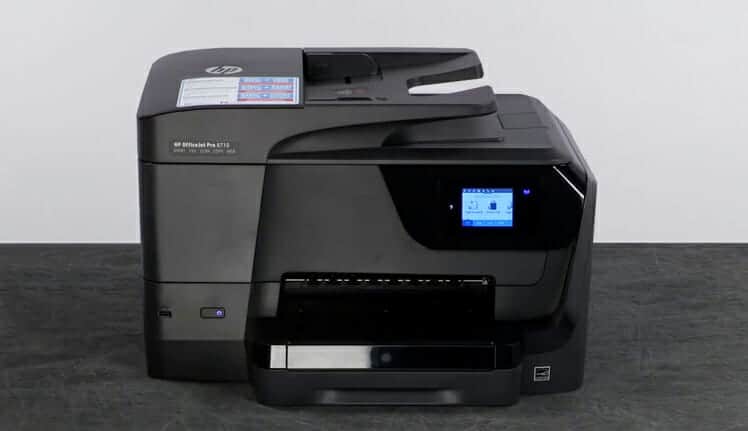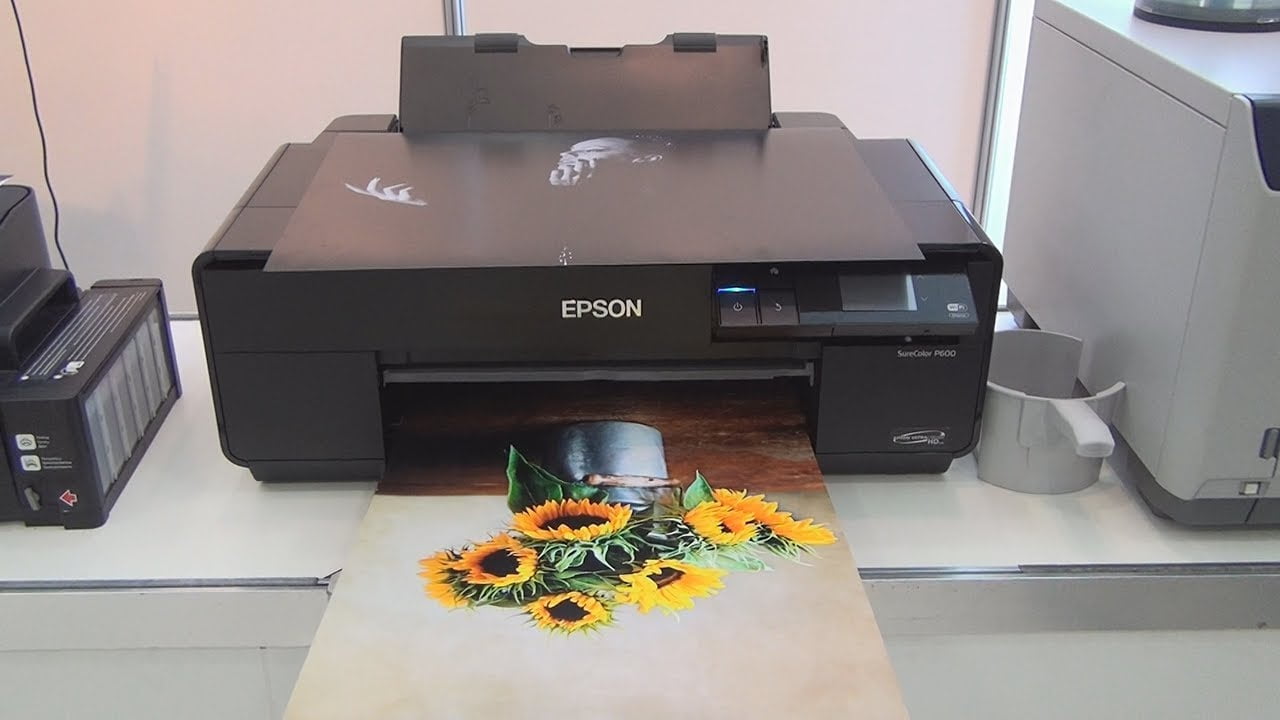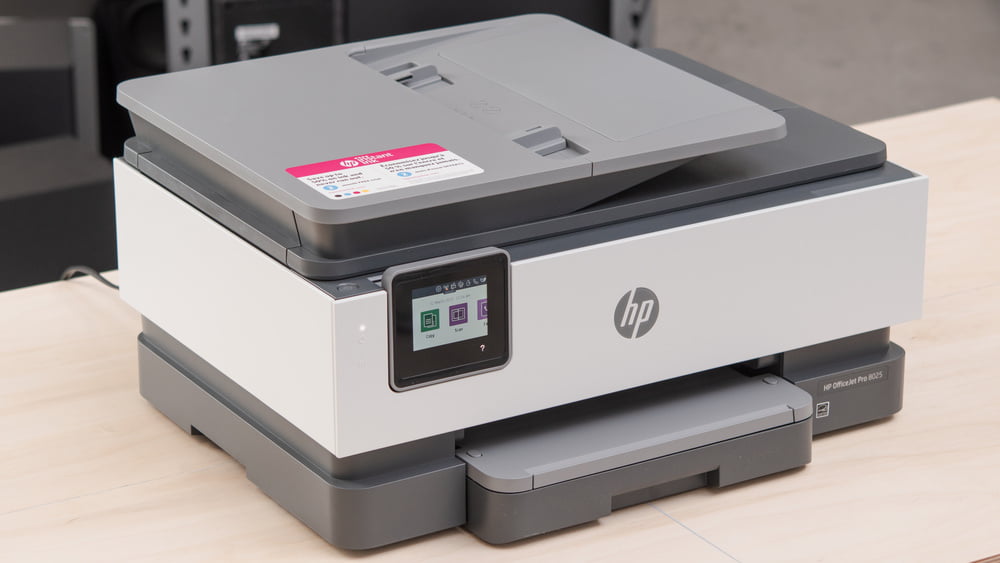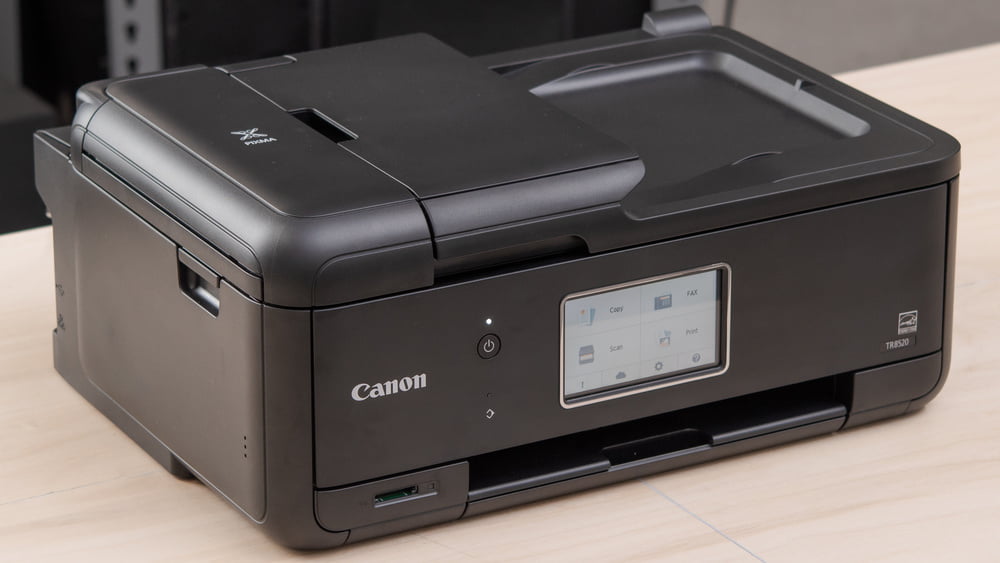When you are shopping for a high-quality printer, you are likely to run into the term DPI. What is DPI? Keep reading to find out.
KEY TAKEAWAYS:
- DPI stands for dots per inch and refers to the number of individual dots that can be placed in an inch of paper on a straight line.
- Dot-matrix printers tend to have the lowest DPI of all of the various subcategories.
- Laser printers and modern inkjet printers tend to shine brightest when it comes to DPI efficiency.
What is DPI?
DPI stands for dots per inch and it is a unit of measurement that is often used to compare the overall efficacy of printers. It refers to the spatial density of the printed image and, generally speaking, higher is better. It also refers to the number of dots that can be placed on paper in a straight line in just an inch of room. A closely related unit of measurement is pixels per inch, otherwise known as PPI, which is a metric often used to illustrate the efficacy of computer monitors.
Insider Tip
DPI stands for dots per inch and it is a unit of measurement that is often used to compare the overall efficacy of printers.
Types of Printers and Their Average DPI Ratings
There are many different types of printers out there, each with its own advantages and disadvantages when it comes to a DPI rating. Remember to set your printer to print on both sides of the paper, also called auto duplex printing, to save on costs.
Dot-matrix Printers
Dot-matrix printers have fallen out of fashion in recent years, due to the overall inefficiency of the underlaying technology. To that end, an average dot-matrix printer can only achieve around 60 to 90 DPI. This is because dot-matrix printers work by applying ink via tiny rods to a ribbon. The ribbon and associated rods can only hold so much ink at one time, thus the relatively low DPI metric.
Insider Tip
An average inkjet printer can reach a maximum DPI of anywhere between 300 to 700, which is exponentially better than what can be found with a dot-matrix printer.
Inkjet Printers
Inkjet printers are much more efficient when it comes to applying ink than dot-matrix printers. An average inkjet printer can reach a maximum DPI of anywhere between 300 to 700, which is exponentially better than what can be found with a dot-matrix printer. Inkjet printers work by spraying small molecules of ink via tiny nozzles, which can account for the type’s efficiency when it comes to achieving a high DPI rating. This rating can be impacted by the use of color, however, so be sure to read the instruction manual of an inkjet printer thoroughly. When shopping for an ink cartridge, always check whether it is compatible with your printer.
Laser Printers
Laser printers tend to shine brightest when it comes to their DPI rating. Laser printers can crank out around 600 to 2,400 dots per inch, depending on the make and model of the printer itself. This is due to how laser printers function. Laser printers work by shaping toner dust via an electrostatic charge and a highly focused beam of light. The end result is an extremely impressive DPI rating.
Warning
The ribbon and associated rods can only hold so much ink at one time, thus the relatively low DPI metric.
F.A.Q.
Is it better for a printer to have low or high DPI?
If you are going for glorious color reproductions, a high DPI will be mandatory. However, for simple monochrome reproductions, the DPI may not be as important. Low DPI printers may be a good fit for some, as they will tend to save ink or toner.
When would a higher DPI matter?
Whenever you are considering color images and reproductions of illustrations, a higher DPI will matter. The DPI will not matter as much when it comes to low-resolution text images.
What is DPI in computer mice?
Your average computer mouse also uses a similar metric called DPI, which refers to the level of accuracy when it comes to light measurement.
STAT: The more newly introduced dots per centimeter (d/cm or dpcm) refers to the number of individual dots that can be placed within a line of 1 centimeter (≈ 0.393 in). (source)

























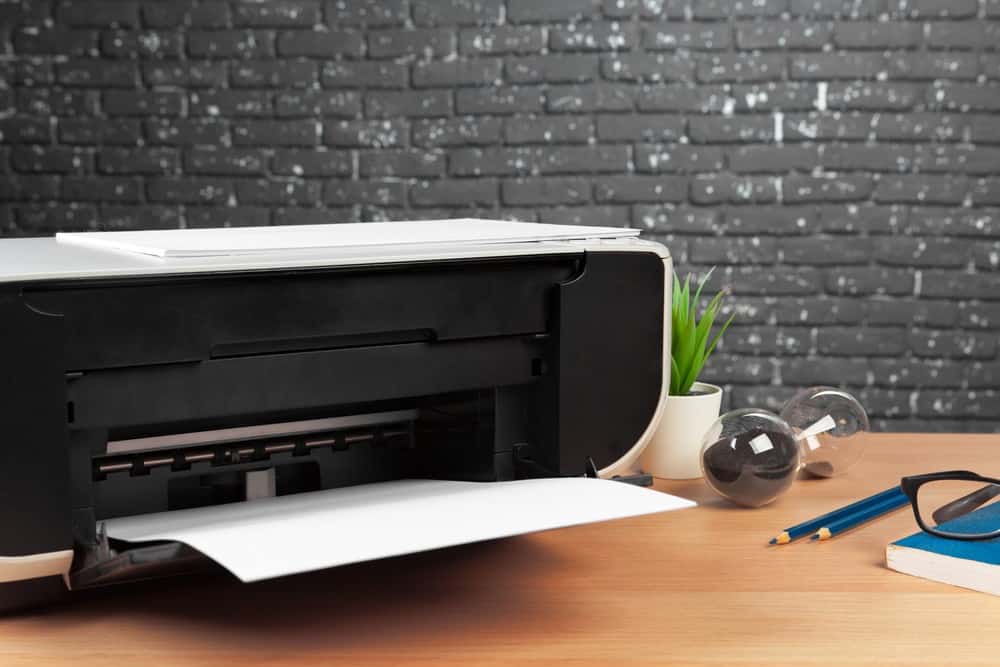
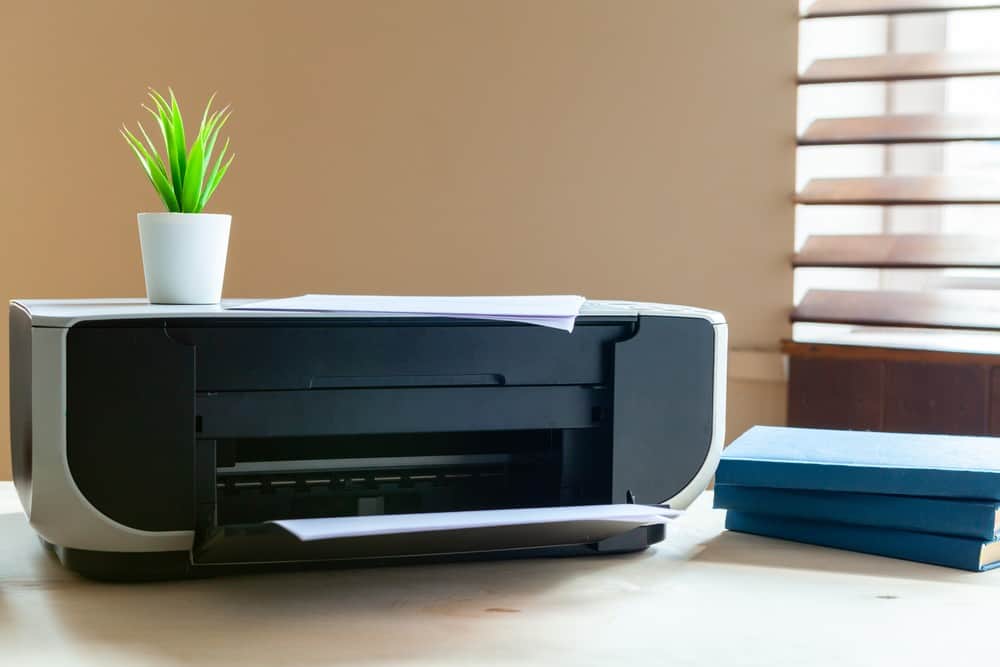
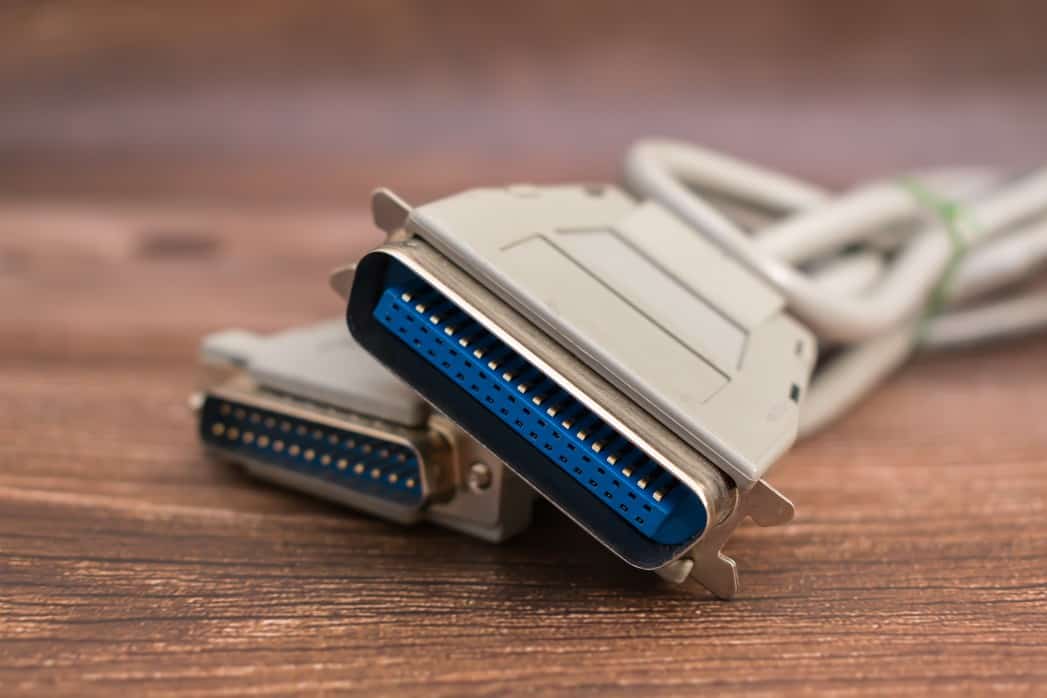
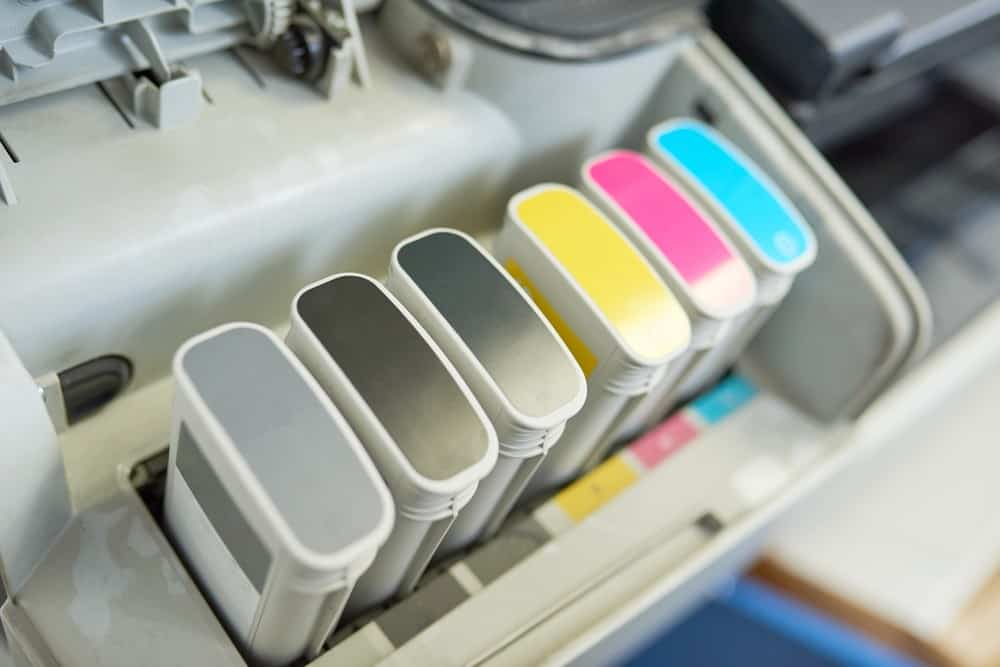


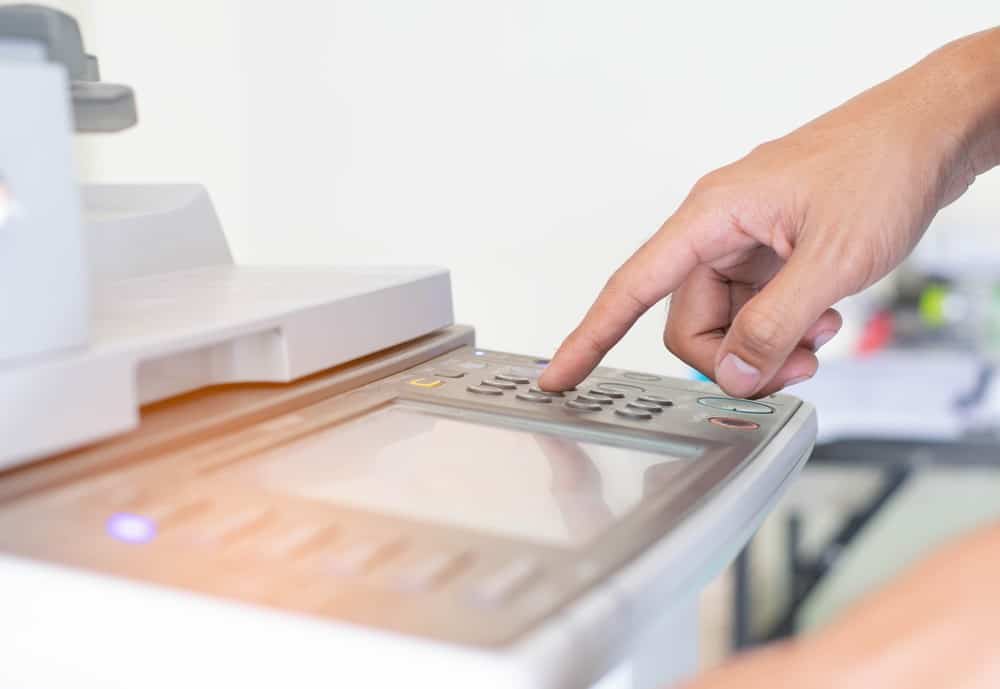
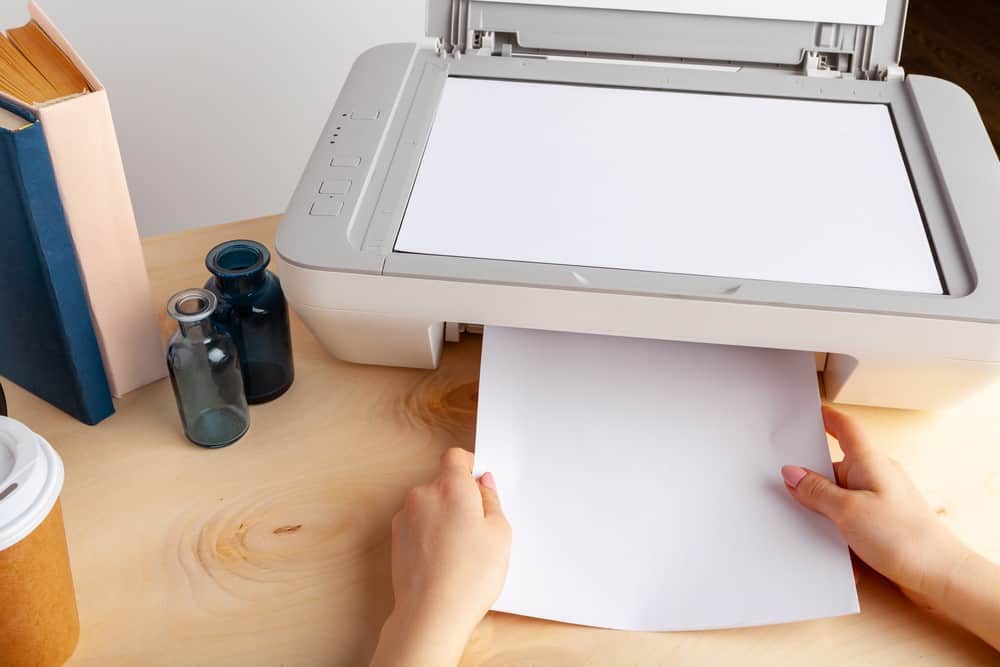

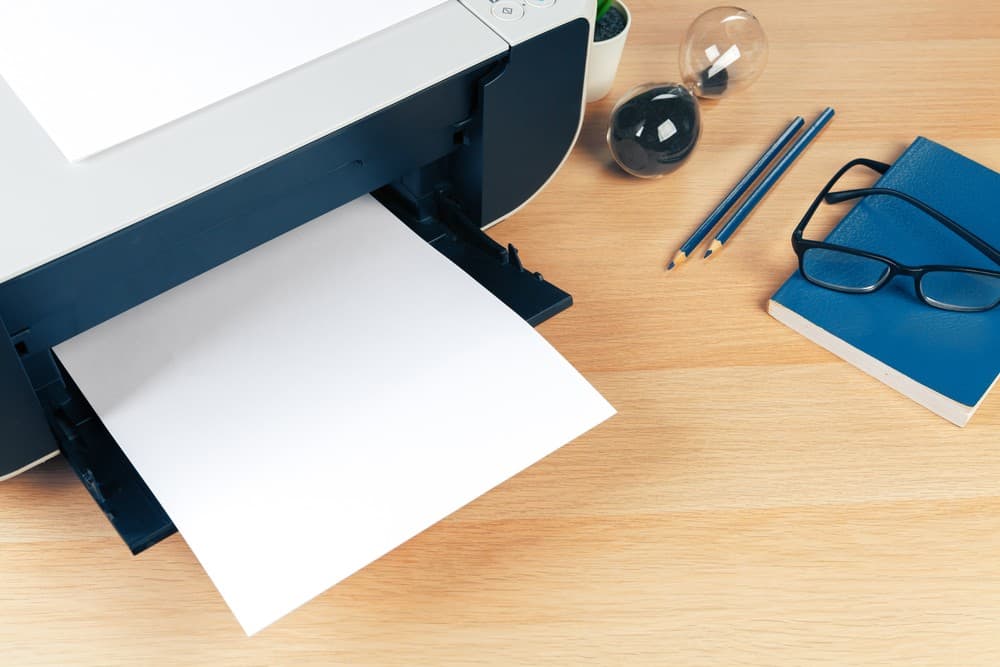
![Best All-in-One Printer in [year] ([month] Reviews) 27 Best All-in-One Printer in 2026 (January Reviews)](https://www.gadgetreview.dev/wp-content/uploads/best-all-in-one-printers.webp)
![Best Home Scanner in [year] ([month] Reviews) 28 Best Home Scanner in 2026 (January Reviews)](https://www.gadgetreview.dev/wp-content/uploads/Canon-TS5120-Wireless-Printer-Scanner-Review.jpg)
![Best BenQ Monitors in [year] 29 Best BenQ Monitors in 2026](https://www.gadgetreview.dev/wp-content/uploads/best-benq-monitor-image.jpg)
![Best Sublimation Printers in [year] 30 Best Sublimation Printers in 2026](https://www.gadgetreview.dev/wp-content/uploads/disable-printer-color-management-image-1.jpg)
![Best Envelope Printers in [year] 31 Best Envelope Printers in 2026](https://www.gadgetreview.dev/wp-content/uploads/best-envelope-printers-imge.jpg)
![Best 3D Printers in [year] ([month] Reviews) 32 Best 3D Printers in 2026 (January Reviews)](https://www.gadgetreview.dev/wp-content/uploads/Zortrax-M200-3D-Printer.jpg)
![Best Barcode Printers in [year] 33 Best Barcode Printers in 2026](https://www.gadgetreview.dev/wp-content/uploads/best-barcode-printers-image.jpg)
![Best Portable Photo Printers in [year] 34 Best Portable Photo Printers in 2026](https://www.gadgetreview.dev/wp-content/uploads/best-portable-photo-printer-image.jpg)
![Best HP Printers in [year] 35 Best HP Printers in 2026](https://www.gadgetreview.dev/wp-content/uploads/best-hp-printers-image.jpg)
![Best Printers for Photographers in [year] 36 Best Printers for Photographers in 2026](https://www.gadgetreview.dev/wp-content/uploads/best-printer-for-photographers-image.jpg)
![Best Printers for Teachers in [year] 37 Best Printers for Teachers in 2026](https://www.gadgetreview.dev/wp-content/uploads/best-printers-for-teachers-image.jpg)
![Best iPhone Photo Printers in [year] 38 Best iPhone Photo Printers in 2026](https://www.gadgetreview.dev/wp-content/uploads/best-iphone-photo-printer-image.jpg)
![Best 11x17 Printers in [year] 39 Best 11×17 Printers in 2026](https://www.gadgetreview.dev/wp-content/uploads/best-11x17-printers-image.jpg)
![Best Printers with Cheap Ink in [year] 40 Best Printers with Cheap Ink in 2026](https://www.gadgetreview.dev/wp-content/uploads/best-11x17-printers-image-1.jpg)
![Best Bluetooth Printers in [year] 41 Best Bluetooth Printers in 2026](https://www.gadgetreview.dev/wp-content/uploads/best-bluetooth-printer-image.jpg)
![Best Receipt Printers in [year] 42 Best Receipt Printers in 2026](https://www.gadgetreview.dev/wp-content/uploads/best-receipt-printer-image.jpg)
![Best Canon Printers in [year] 43 Best Canon Printers in 2026](https://www.gadgetreview.dev/wp-content/uploads/best-canon-printers-image.jpg)
![Best Compact Printers in [year] 44 Best Compact Printers in 2026](https://www.gadgetreview.dev/wp-content/uploads/best-compact-printer-image.jpg)
![Best Printers For Cricut in [year] 45 Best Printers For Cricut in 2026](https://www.gadgetreview.dev/wp-content/uploads/best-printer-for-cricut-image.jpg)


